How to Train Your Yellow Cockatiel: A Step-by-Step Guide
Discover a step-by-step guide to train your Yellow Cockatiel, from the basics of 'step up' commands to advanced tricks and more. Enjoy reading!
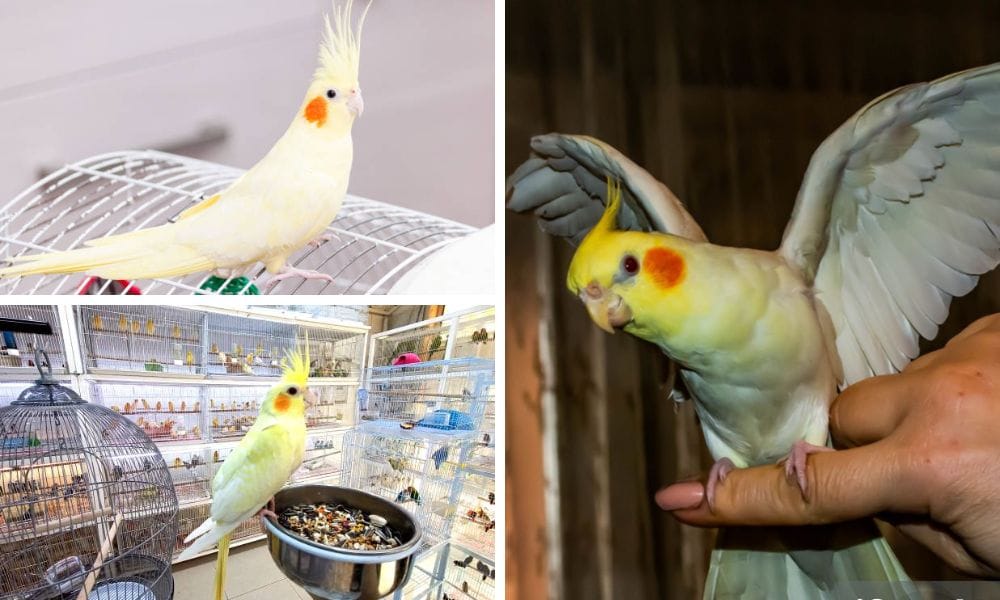
Cockatiels, with their charming personalities and striking features, have soared in popularity as pets. Among the various color mutations, the yellow cockatiel, particularly the gorgeous lutino cockatiel, stands out with its bright yellow feathers and captivating presence. Training these intelligent birds can be a delightful experience, and this guide is designed to help you through the process.
Key Takeaways:
- Understand the basics of yellow cockatiel behavior and training techniques.
- Learn how to create a comfortable environment for your cockatiel to thrive and learn.
- Discover the steps to teach your cockatiel simple commands and tricks.
Understanding Your Yellow Cockatiel
The yellow cockatiel, also known as the lutino cockatiel, is one of the most sought-after second cockatiel mutations. These birds are part of the cockatoo family and are known for their bright yellow feathers and contrasting bright orange cheek patches. Male lutino cockatiels often have a more vibrant yellow head, while female pearl cockatiel may exhibit a more subdued hue with traces of the cinnamon cockatiel light grey.
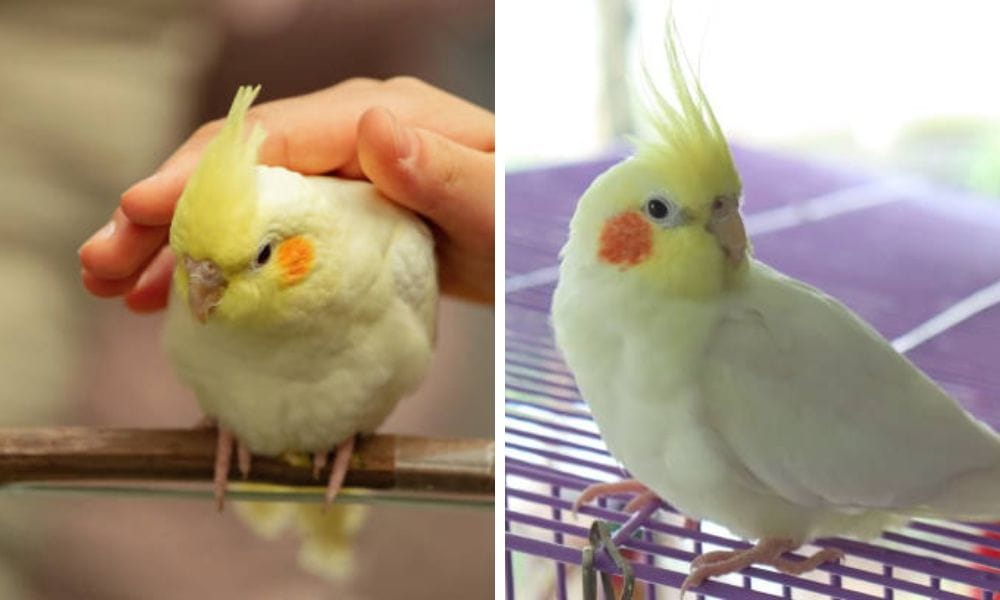
The Importance of Socialization
Cockatiels are social creatures, and the bond between male and female cockatiels can be quite strong. When training your bird, it's essential to establish a connection early on. Spend time with your pet daily, and ensure that your bird cage is placed in a social area of your home to encourage interaction.
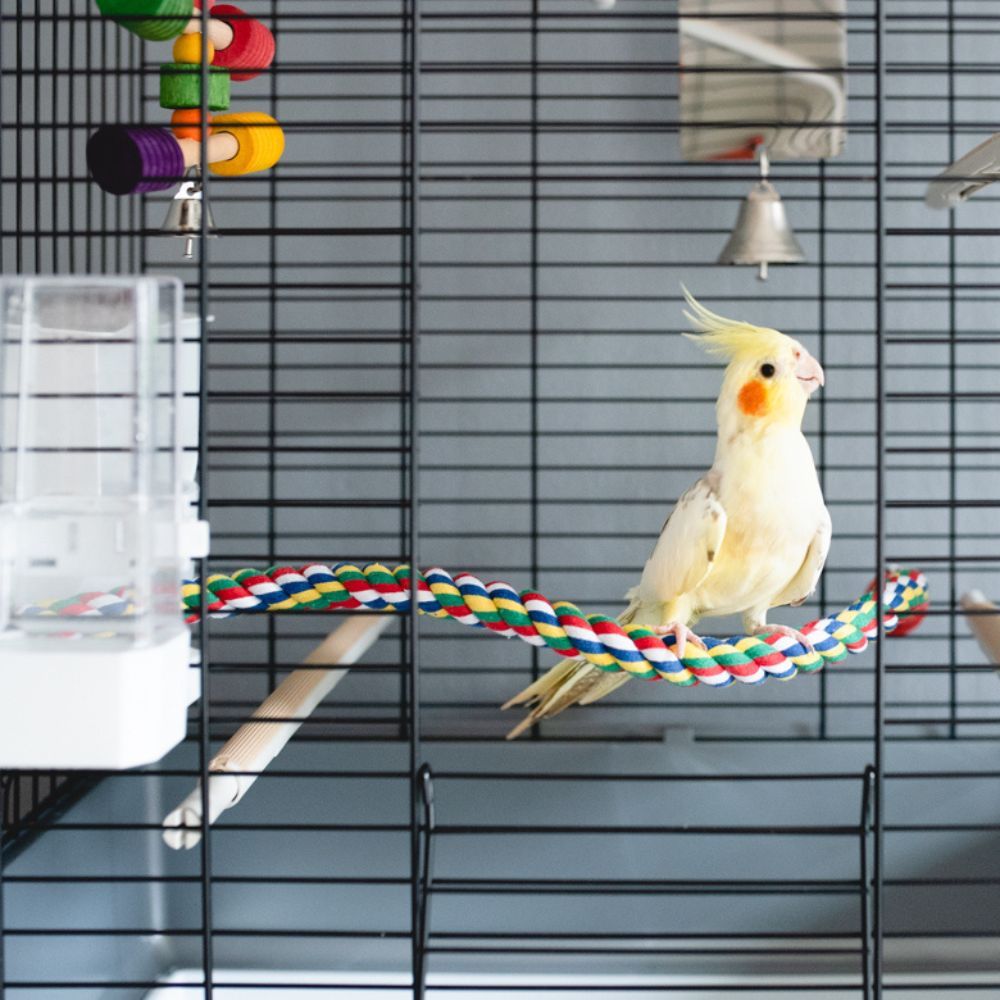
Setting Up the Perfect Habitat
A spacious bird cage is crucial for your cockatiel's well-being. The cage should accommodate the bird's long tails and allow for plenty of movement. Include perches of varying sizes and textures to keep their feet healthy, and consider a nest box for added comfort. The cage should be placed away from drafts but in a well-lit area, mimicking the natural light patterns they would experience in the wild.
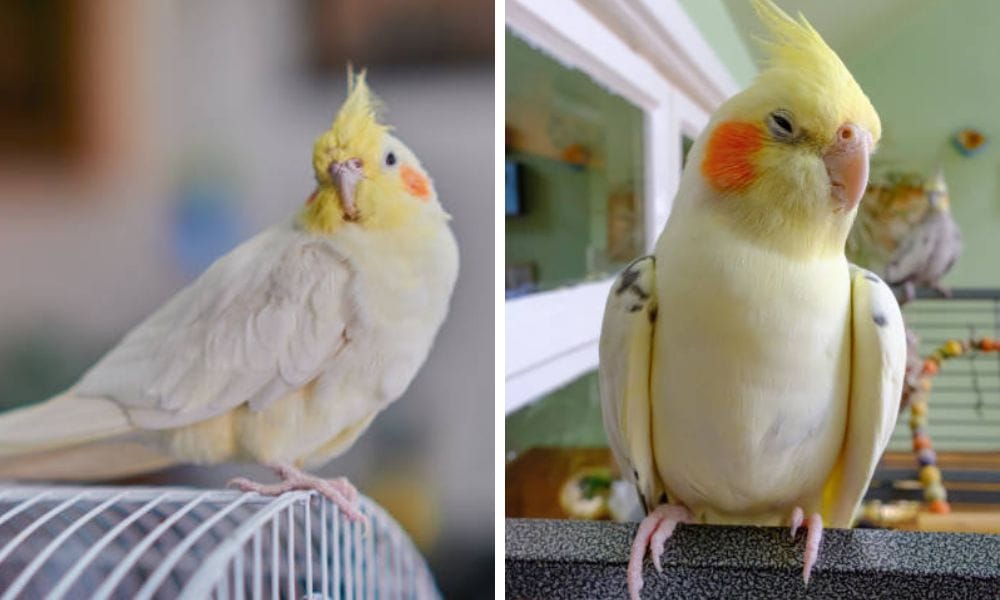
Diet and Nutrition
A balanced diet is vital for your cockatiel's health and training success. Offer a mix of high-quality seeds, pellets, and fresh fruits and vegetables. Remember, the lutino gene does not affect dietary needs, so treat your yellow cockatiel as you would a normal grey cockatiel when it comes to nutrition.
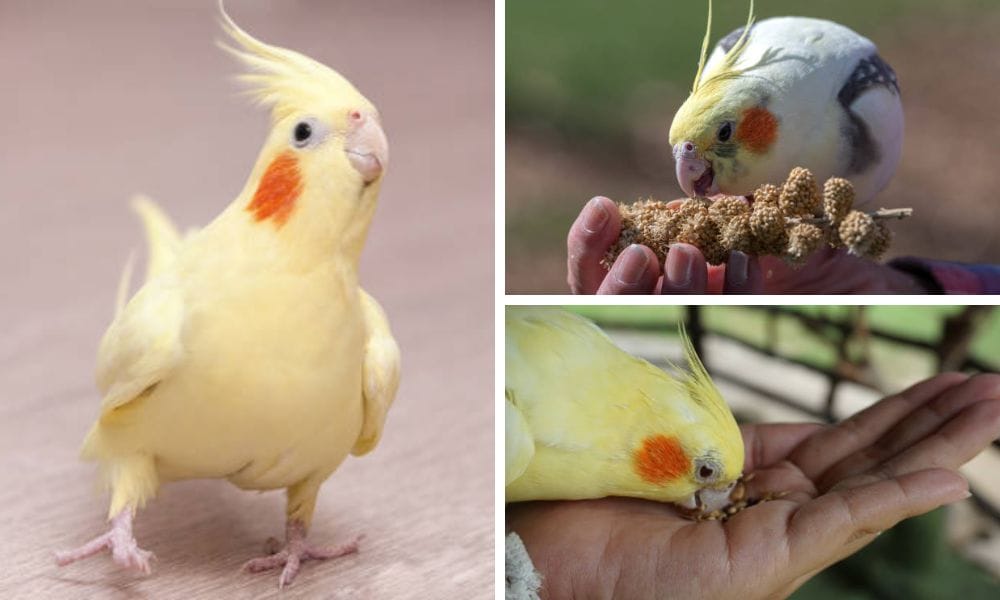
Establishing a Training Routine
Consistency is key when training your cockatiel. Set aside time each day for training sessions. Keep them short and sweet, as long attention spans are not a strong suit for most pet birds. Positive reinforcement with treats and praise will go a long way in encouraging your cockatiel to learn.
The Basics of Command Training
Start with simple commands like "step up" onto your finger or a perch. Use a gentle voice and reward your cockatiel with treats and affection when it follows through. This not only teaches a useful command but also strengthens your bond with your bird.
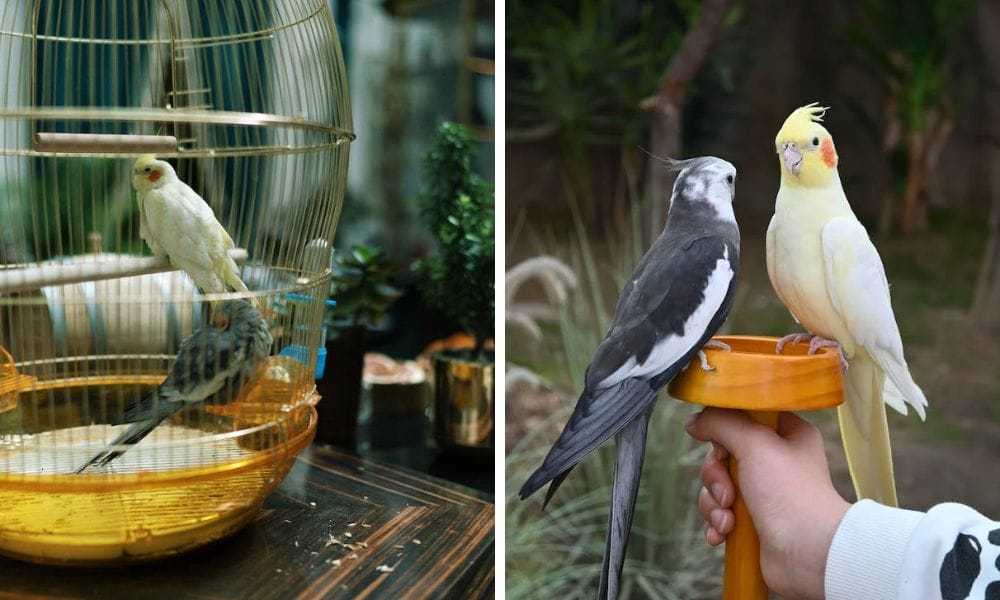
Expanding Their Vocabulary
While not all cockatiels will talk, cockatiels can learn to mimic sounds and words. Male lutino cockatiels may be more inclined to talk than females. Start with simple words or whistles and repeat them frequently during your training sessions. Always respond with excitement and treats when your cockatiel attempts to mimic you.
Understanding Cockatiel Mutations: Beyond the Yellow
Cockatiels, or Nymphicus hollandicus, are not only known for their charming yellow feathers but also for a variety of mutations that can be quite fascinating. The lutino cockatiel is one such mutation, characterized by its stunning white to light yellow body and contrasting red eyes. This mutation occurs when the gene responsible for the grey color is absent, resulting in a bird with a yellowish tint throughout its plumage. The lutino pearl, on the other hand, showcases a pattern of white plumage with yellow spots and is often sought after for its unique appearance.
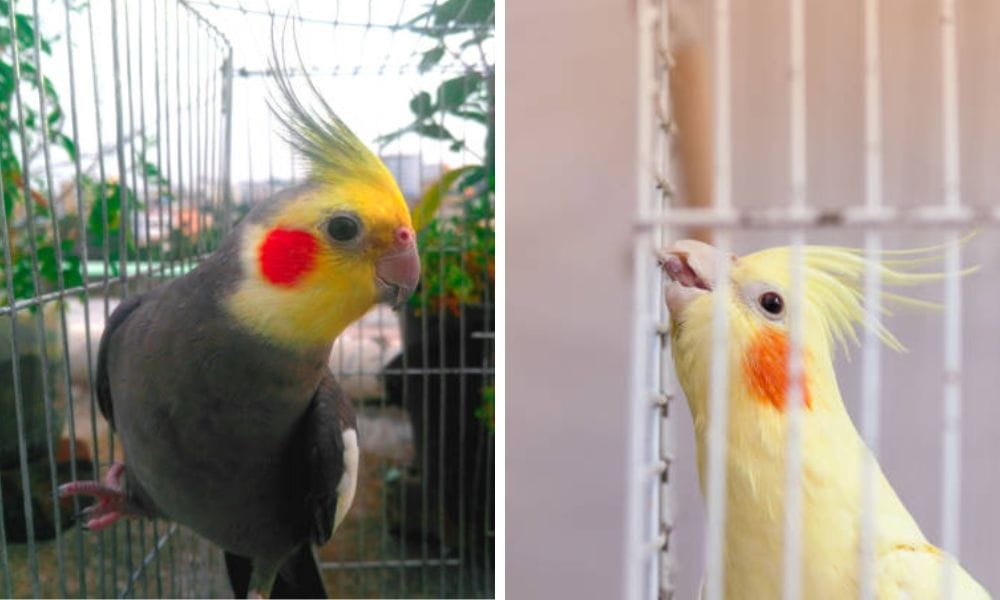
Another interesting mutation is the pied cockatiel, which exhibits prominent white flashes on a primarily grey body, often accompanied by a yellow face and crest. The pied mutation can vary greatly, with some birds showing large areas of white, while others have just a few white feathers. The orange cheek patch, a signature feature of the male cockatiel, may also vary in intensity among different mutations. Breeders often aim to produce birds with specific traits, such as the pearl pied, which combines the pied and pearl mutations, resulting in a bird with a light yellow body, speckled with the distinctive pearl pattern on the wings and back.
Recognizing the Signs of a Healthy Cockatiel
When you're considering adding a second cockatiel mutation to your flock, it's crucial to recognize the signs of a healthy bird. A vibrant yellow crest, bright orange cheeks, and lustrous tail feathers are all indicators of good health in a cockatiel. The facial feathers covering their small beak should be clean and well-groomed. In the parrot family, these visual cues are essential for identifying a cockatiel that is thriving and could be a suitable companion for your current pet.
Moreover, behavior is just as telling as appearance. A healthy cockatiel will be active, curious, and interactive. It should exhibit a strong appetite and be keen to engage with toys and humans alike. If you're visiting a place like the Florida Parrot Jungle, observe how the birds interact with their environment. A cockatiel that's perky, alert, and responsive to stimuli is likely in good shape. Cliff Barringer, an expert in the animal world, often emphasizes the importance of these behavioral signs when selecting a new bird to join your home.
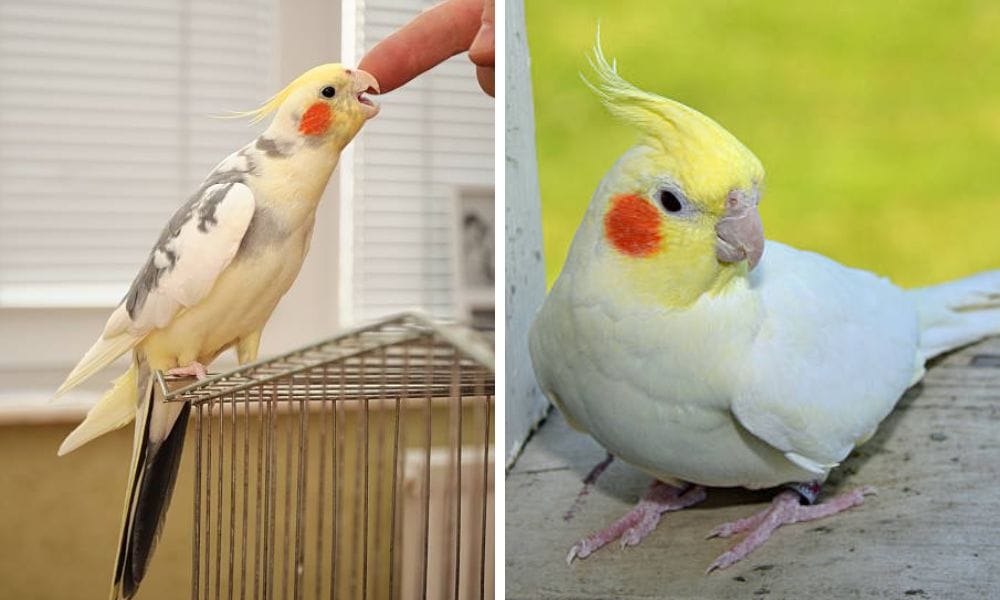
The Unique Charm of Lutino and Pied Varieties
The lutino pied cockatiel is a stunning variation that combines the best of both worlds – the striking white and yellow of the lutino with the distinctive patterned wing and tail feathers of the pied. This second cockatiel mutation is not just a visual delight but also a testament to the diversity within the cockatiel's plumage. The lutino pied's appearance is marked by a creamy base color with patches of vivid yellow, especially around the yellow crest and orange cheeks.
In contrast, the pied cockatiel showcases a mix of their wild type color with irregular patches of white or yellow, often seen along the outer edges of their wings and body. Each pied cockatiel is unique, with no two birds having the same pattern. This makes them particularly appealing to enthusiasts and breeders alike. Whether you're an admirer of the bold lutino or the unpredictable pied, these birds add a splash of color and personality that's distinct from other parrots in the parrot family.
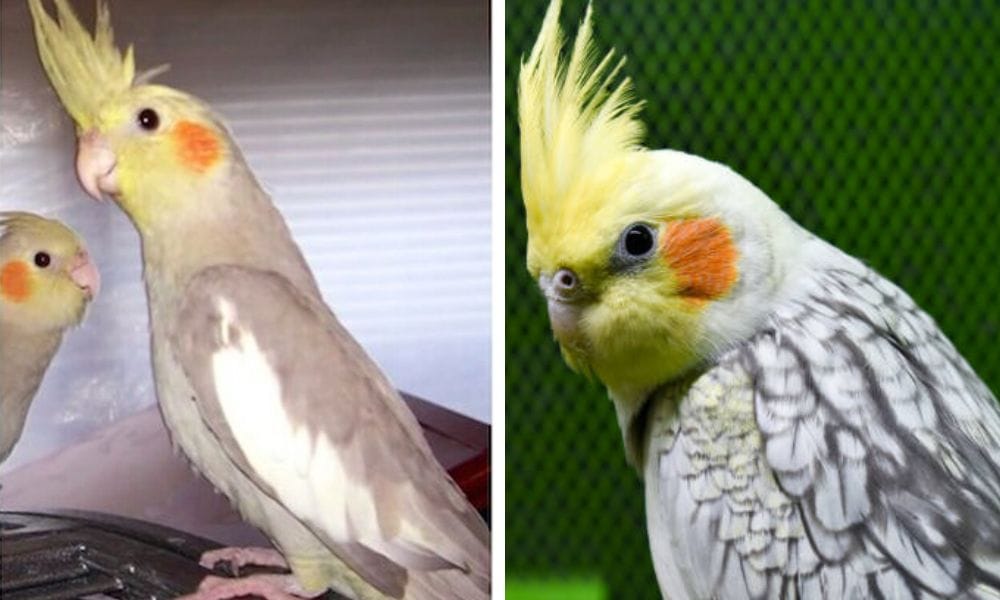
The Social Dynamics of Adding a Second Cockatiel
Introducing a second cockatiel to your home can be a rewarding experience, but it's important to understand the social dynamics that come into play. Cockatiels are social birds that often enjoy the company of other birds, especially those of their own species. When considering a second cockatiel, it's essential to observe the temperament of your current bird and choose a companion that complements its personality. A male cockatiel might appreciate the company of a female, or another male, as long as they are introduced properly and given time to adjust to each other's presence.
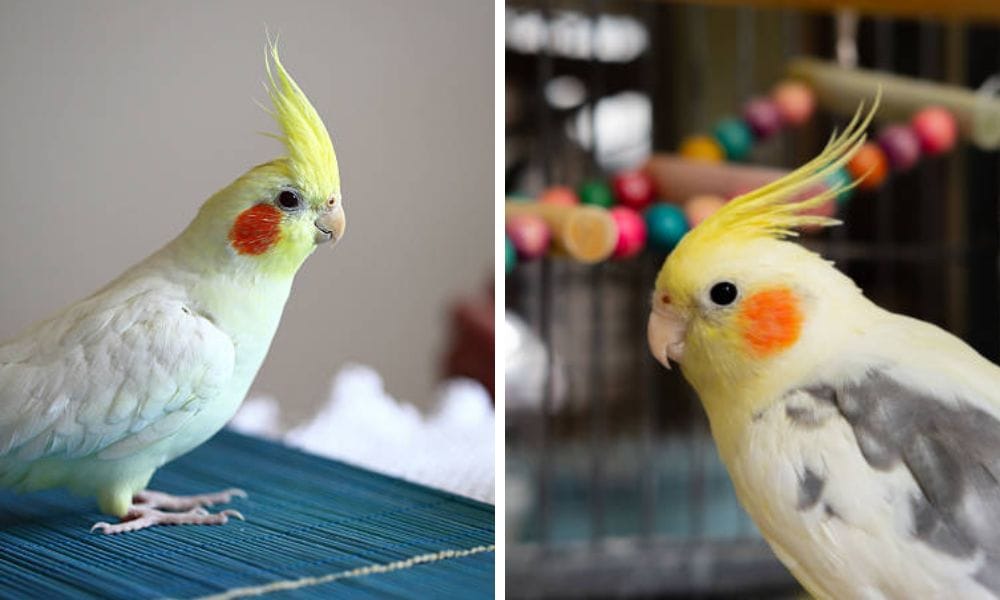
The addition of a second bird can also influence the training and behavior of your cockatiels. They may mimic each other's vocalizations, leading to an expansion in their ability to talk cockatiels are known for their capacity to learn words and phrases. However, be mindful of the potential for behavioral issues, such as jealousy or competition for attention. It's crucial to provide equal care and interaction to both birds to foster a harmonious environment. With patience and proper socialization, your cockatiels can form a strong bond, enhancing their quality of life and offering endless entertainment for their human companions.
Teaching Tricks
Cockatiels can learn a variety of tricks, such as waving with their foot or shaking their head. Use a target stick to guide their movements, and introduce a cue word or hand signal. Reward immediately after the desired action is performed to reinforce the behavior.
Handling and Touch
Gently acclimate your cockatiel to being handled. Start by offering your finger for them to step onto and gradually progress to petting their head and back. Be patient and never force interaction, as trust is essential for a positive relationship.
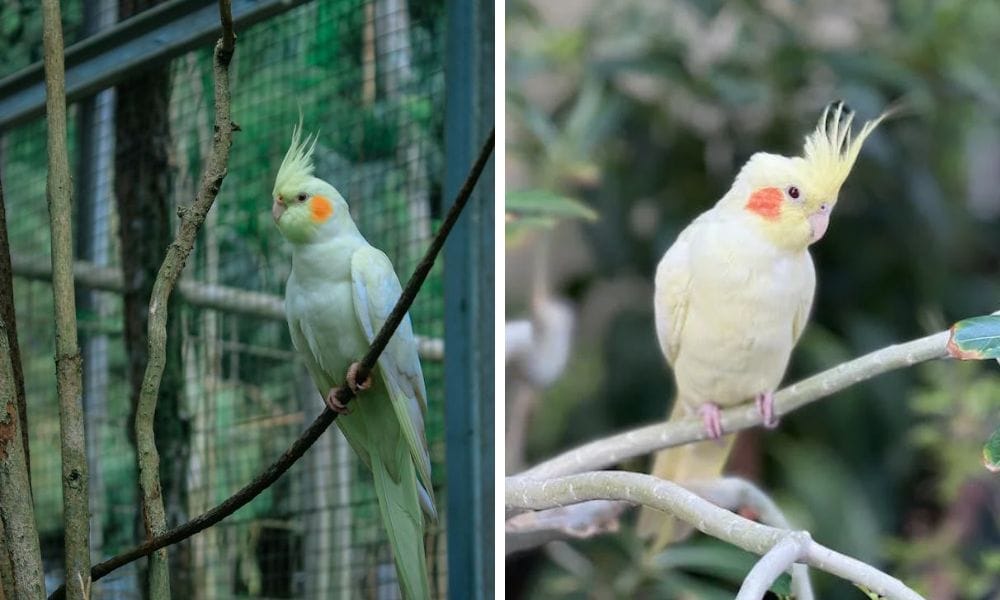
Dealing with Behavioral Issues
If your cockatiel exhibits unwanted behaviors, like nipping or screaming, it's important to address these calmly. Do not punish your bird, as this can lead to fear and mistrust. Instead, redirect the behavior and provide positive reinforcement when your cockatiel behaves appropriately.
Molting and Its Effects on Training
During the molting period, your cockatiel may be less responsive to training due to discomfort. This is a natural process where old feathers are replaced by new growth. Be extra gentle and understanding during this time.
Health and Wellness Checks
Regular vet visits are crucial to ensure your cockatiel remains healthy and ready to learn. A healthy bird is a happy bird, and a happy bird is more receptive to training. Keep an eye out for signs of illness, such as changes in droppings, behavior, or feather condition.
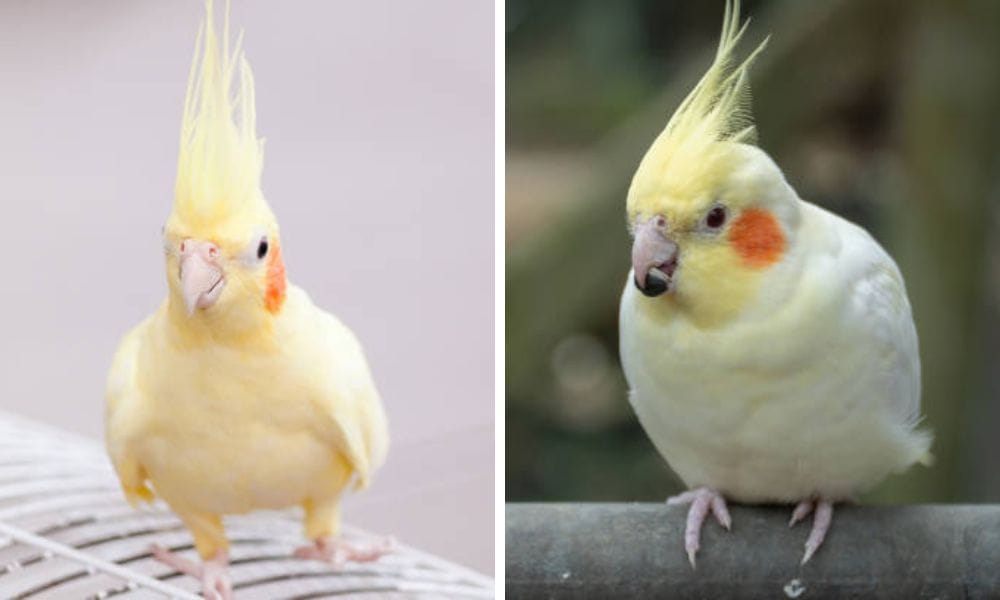
Joining the Aviculture Community
Engaging with other bird enthusiasts can provide valuable insights and support. Consider joining online forums or local clubs to connect with others in the aviculture world. You can learn from the experiences of others and share your own training journey.
Celebrating Milestones
Acknowledge and celebrate each step your cockatiel takes in its training. Whether it's mastering a new command or simply becoming more comfortable with handling, every achievement is a step towards a well-trained and happy pet bird.
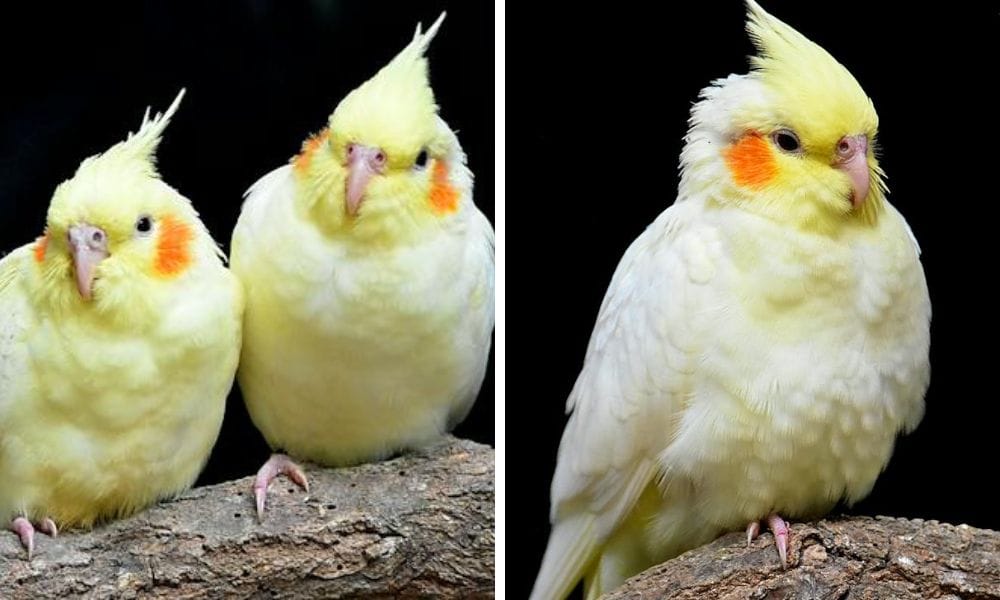
Summary
Training your yellow cockatiel requires patience, consistency, and understanding. By creating a comfortable environment, establishing a routine, and using positive reinforcement, you can teach your cockatiel a variety of commands and tricks. Remember to address any behavioral issues calmly and to keep health and wellness a top priority. Celebrate your cockatiel's milestones and enjoy the rewarding experience of training your beautiful pet bird.
FAQ Section
Q: How long does it take to train a yellow cockatiel? A: The time it takes to train a yellow cockatiel varies depending on the individual bird and the complexity of the tricks or commands. Consistent, daily training sessions can yield results in a few weeks to a few months.
Q: Can yellow cockatiels learn to talk? A: Yes, some yellow cockatiels can learn to talk, especially male lutino cockatiels. However, not all cockatiels will develop this ability, and it's important to manage expectations and appreciate your bird's unique talents.
Q: What should I do if my cockatiel is not responding to training? A: If your cockatiel is not responding to training, ensure that there are no health issues and that the bird is comfortable in its environment. Review your training methods to ensure they are consistent and based on positive reinforcement. Patience and persistence are key, and sometimes taking a step back and focusing on building trust can help.

